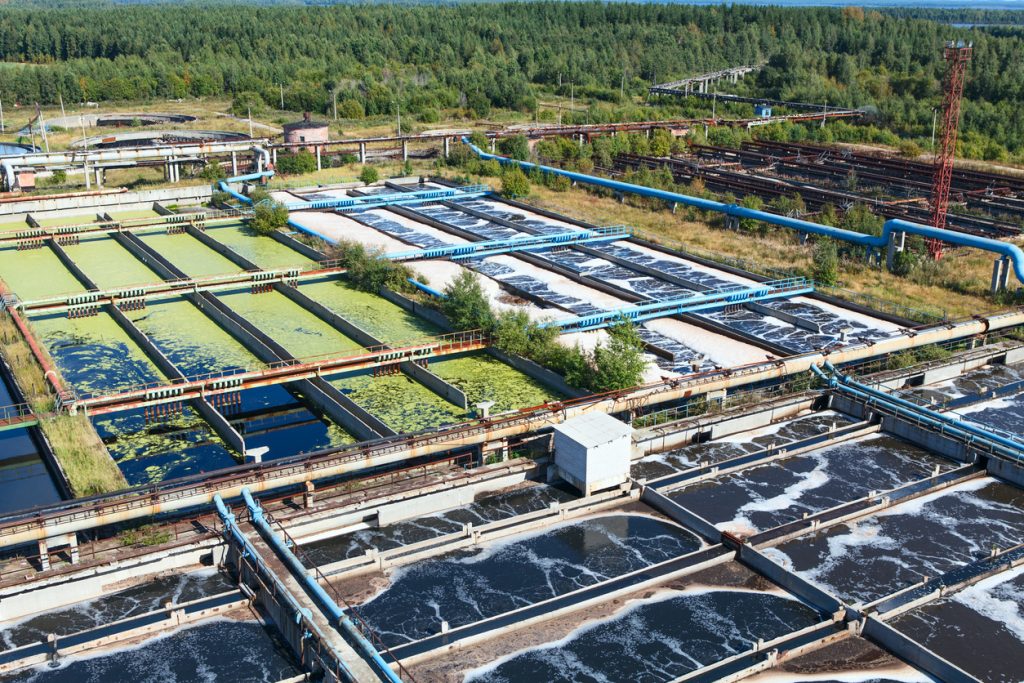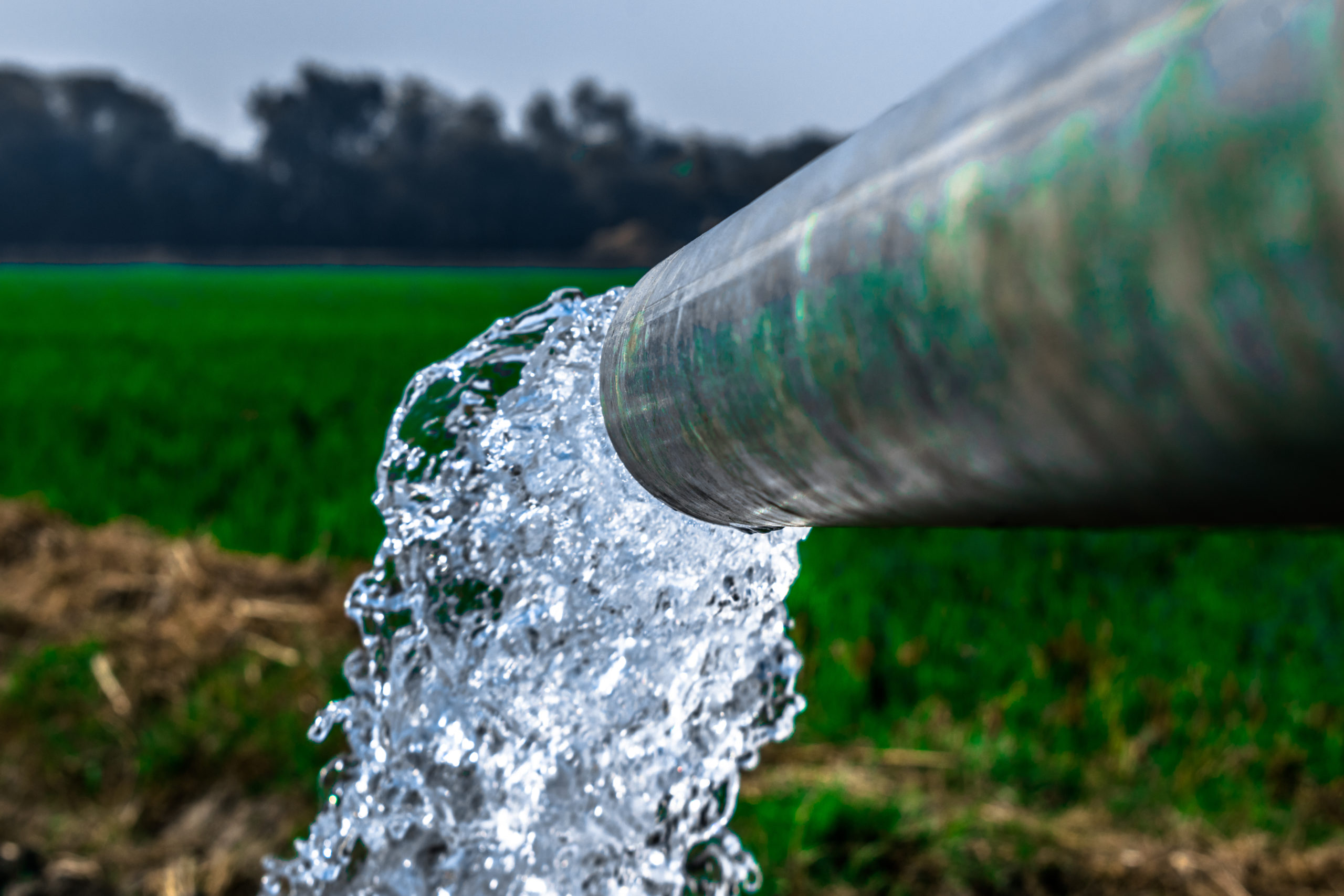Strategic Approaches to Improve Waste Water Therapy Effectiveness and Minimize Environmental Effect
In the realm of waste water therapy, the pursuit for improved performance and reduced environmental influence is a continuous obstacle that requires strategic solutions. As society comes to grips with the necessary to handle water resources sustainably, a nuanced strategy becomes necessary. The assimilation of innovative therapy modern technologies, energy-efficient processes, resource recovery strategies, improved nutrient elimination methods, and clever monitoring and control systems represents a multifaceted framework for resolving these pressing problems. What lies at the core of this complicated web of approaches is the possible to revolutionize the way we approach waste water treatment, not just as a process of disposal, yet as a valuable chance for innovation and environmental stewardship.
Advanced Therapy Technologies
Innovative membrane filtering systems have revolutionized innovative wastewater treatment procedures, substantially enhancing the removal of contaminants. These cutting-edge systems work forcibly water with a semi-permeable membrane layer, effectively separating contaminations from the water stream. The membrane's microscopic pores catch toxins such as bacteria, viruses, and put on hold solids, allowing only detoxified water to pass through. This modern technology has proven to be very efficient in getting rid of a variety of contaminants, consisting of drugs, heavy steels, and natural substances, which are frequently challenging to get rid of with traditional treatment approaches.
Moreover, membrane filtering systems supply many advantages over traditional treatment methods. They need less room, generate higher-quality effluent, and are extra immune to changes in influent water high quality. Additionally, these systems are highly versatile and can be conveniently incorporated into existing treatment plants or made use of as standalone systems for decentralized applications. As the need for clean water continues to increase, the adoption of innovative membrane layer filtration technologies is vital to guarantee sustainable and reliable wastewater therapy methods.
Energy-Efficient Procedures
The integration of energy-efficient processes in wastewater treatment systems is important for enhancing resource utilization and reducing operational costs. By executing energy-efficient technologies, treatment plants can significantly decrease their carbon impact and total ecological influence. One key method to enhancing energy effectiveness in wastewater treatment is the utilization of advanced oygenation systems, such as fine bubble diffusers or surface area aerators, which can enhance oxygen transfer effectiveness and decrease power consumption. In addition, incorporating power healing systems, like anaerobic food digestion for biogas production or making use of excess heat for thermal processes, can aid counter energy demands and advertise sustainability.
Moreover, optimizing process control and automation with making use of advanced sensors and monitoring systems can enhance general power performance by changing procedures in real-time based upon real demand and problems. Applying energy audits and on a regular basis checking power efficiency signs are vital methods to recognize locations for enhancement and track energy-saving efforts successfully. Generally, the fostering of energy-efficient procedures in wastewater therapy not just benefits the environment but additionally adds to lasting price financial savings and functional sustainability.
Resource Healing Approaches
With a concentrate on optimizing resource usage and sustainability in wastewater treatment systems, the execution of source healing strategies becomes a crucial aspect in boosting operational effectiveness. Resource recuperation techniques in wastewater treatment entail the identification and removal of useful resources from the waste stream, therefore transforming what was when considered waste into a valuable property. By carrying out resource recovery methods such as nutrient removal and healing, energy generation from natural matter, and the manufacturing of reusable water, wastewater therapy plants can lessen environmental influence while maximizing performance.

Improved Nutrient Removal Techniques
Implementing advanced nutrient elimination methods is crucial for maximizing the effectiveness of wastewater treatment systems. Enhanced nutrient elimination plays a crucial duty in decreasing the ecological effect of treated effluent released right into water bodies. One of the key techniques used for boosted nutrient elimination is the process of biological nutrient removal (BNR), which entails the elimination of nitrogen and phosphorus with biological procedures. This can be accomplished with making use of specialized microbes that can transform nitrogen substances right into inert nitrogen gas with denitrification, and accumulate phosphorus within their cells via a procedure called improved biological phosphorus removal (EBPR)

In addition to BNR, advanced treatment techniques such as membrane layer bioreactors (MBRs) and created marshes can likewise be used to boost nutrient elimination efficiency. check By including these innovative nutrient elimination strategies right into wastewater therapy markets, systems and districts can effectively minimize nutrient pollution and secure the environment.
Smart Monitoring and Control Systems
Making use of sophisticated technology, the integration of smart tracking and control systems transforms the functional effectiveness of wastewater treatment centers. These systems integrate advanced sensing units and data analytics to continuously check crucial parameters such as pH degrees, turbidity, dissolved oxygen, and circulation prices in real-time. By collecting and evaluating this information, drivers can acquire valuable understandings into the efficiency of the treatment processes, making it possible for aggressive modifications to optimize treatment efficiency.
Smart surveillance and control systems also support remote monitoring abilities, permitting drivers to access real-time information and control functions from off-site locations. This remote availability improves operational adaptability and responsiveness, enabling speedy treatments in situation of system malfunctions or variations in influent high quality. Additionally, the predictive upkeep capacities of these systems help protect against devices failures and lessen downtime, ultimately boosting the total reliability of wastewater therapy procedures (Waste Water Treatment).
Verdict
In verdict, strategic methods such as sophisticated treatment innovations, energy-efficient processes, resource recovery approaches, enhanced nutrient removal methods, and smart tracking and control systems play a crucial duty in boosting wastewater therapy performance and lessening environmental influence. By executing these techniques, wastewater treatment plants can improve their overall performance, lower power intake, recoup valuable sources, and ensure compliance with ecological regulations. These approaches are necessary for sustainable and efficient wastewater monitoring practices.

In conclusion, calculated strategies such as innovative treatment technologies, energy-efficient processes, resource healing approaches, improved nutrient elimination strategies, and wise tracking and control systems play a vital duty in boosting wastewater therapy effectiveness and reducing environmental impact.